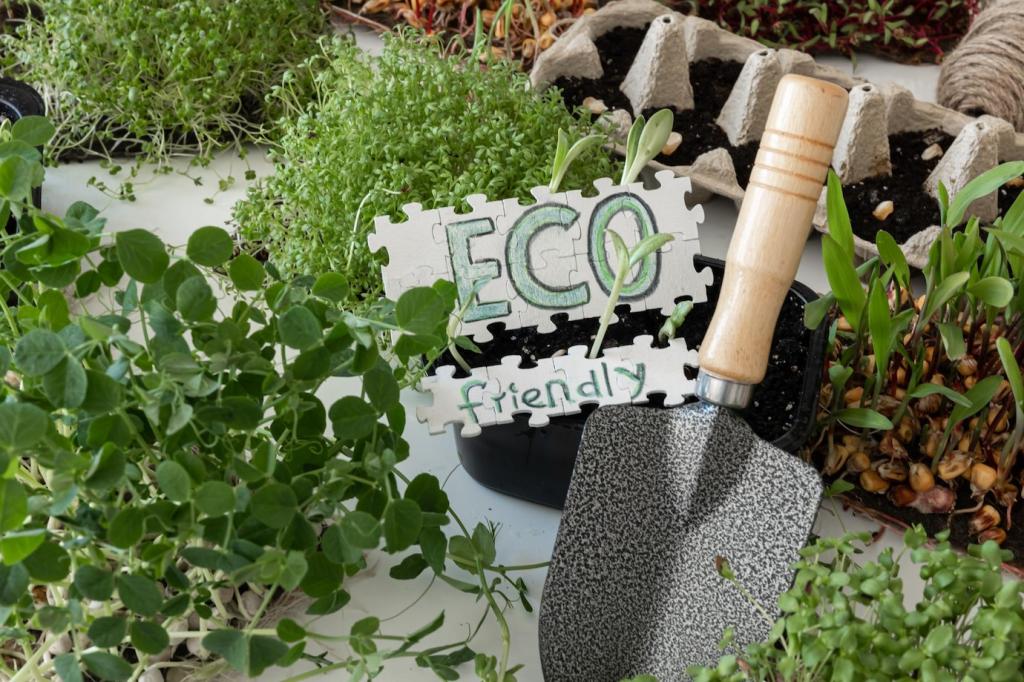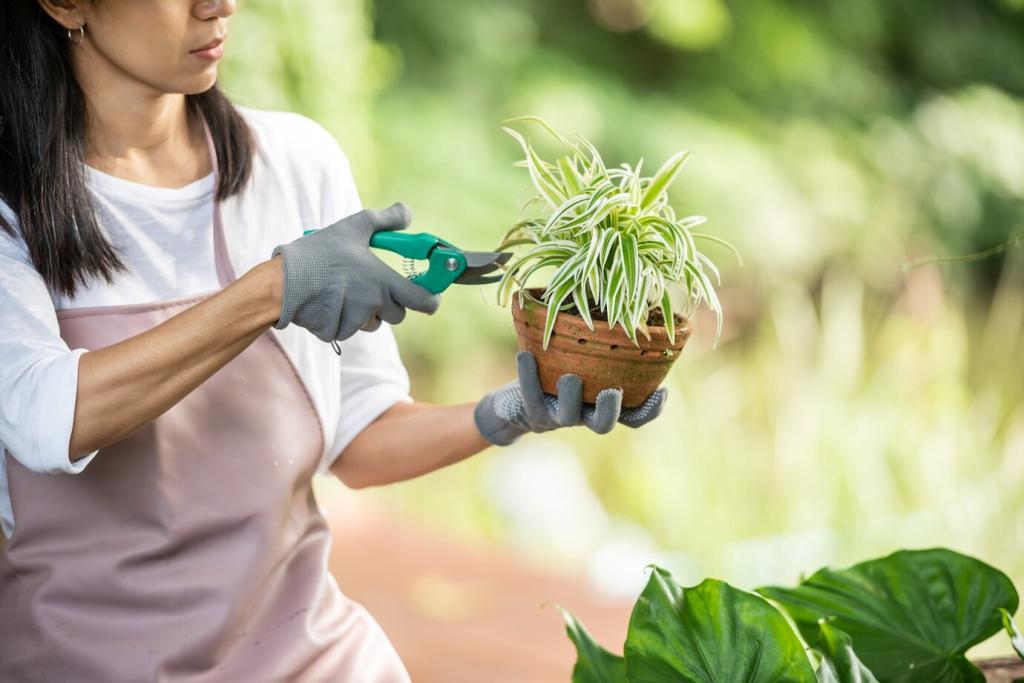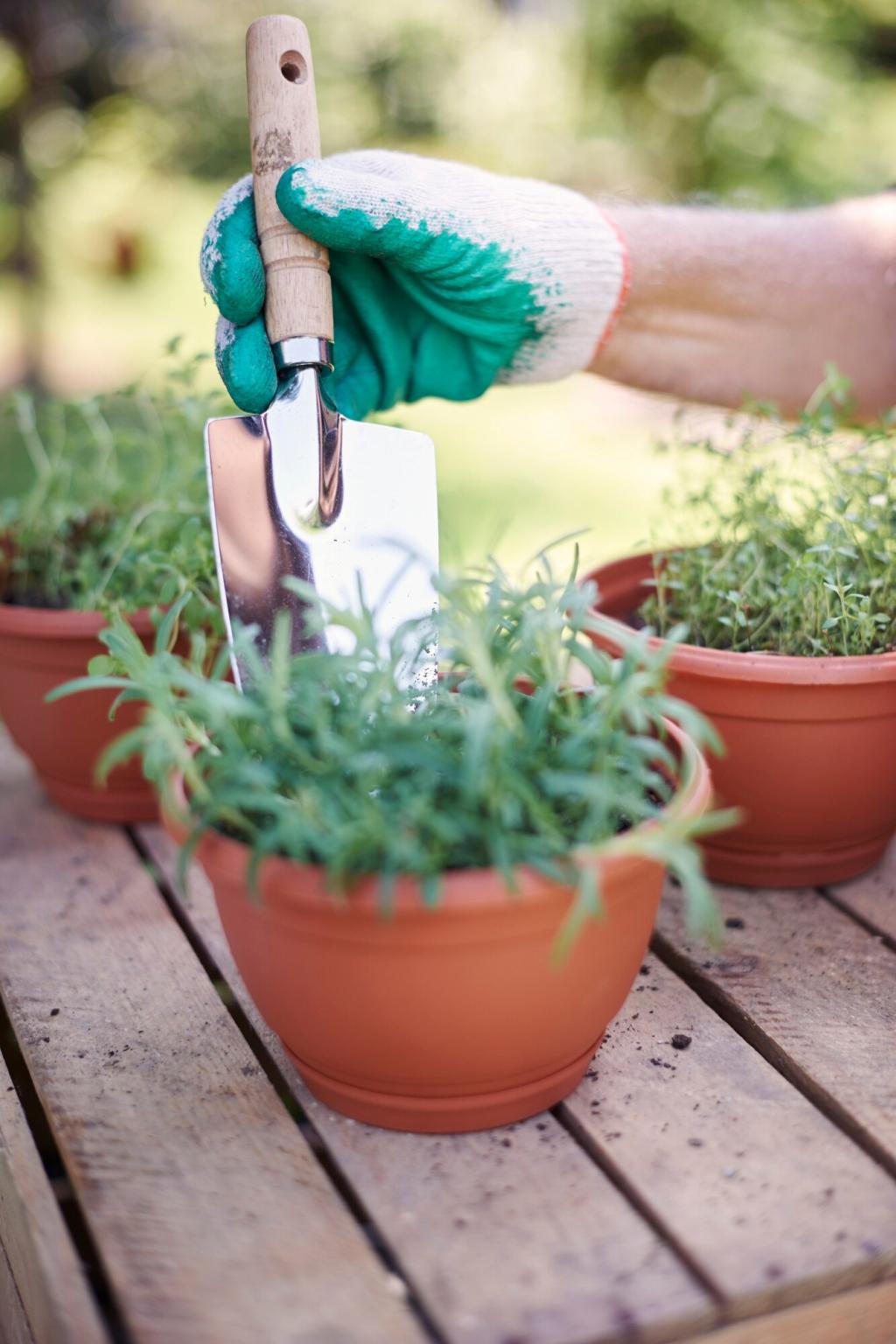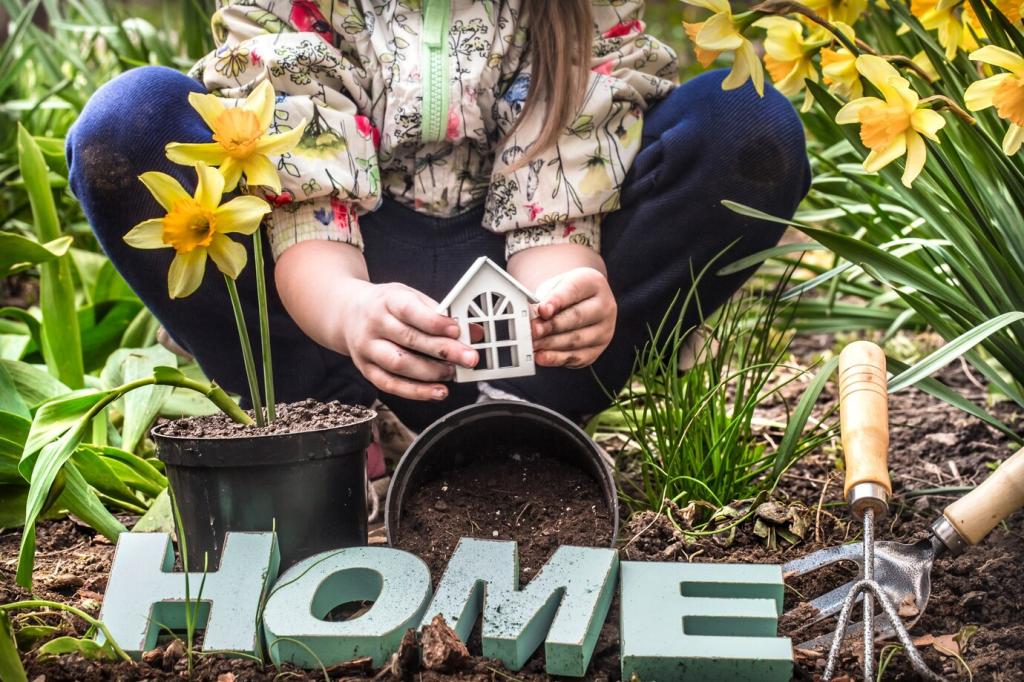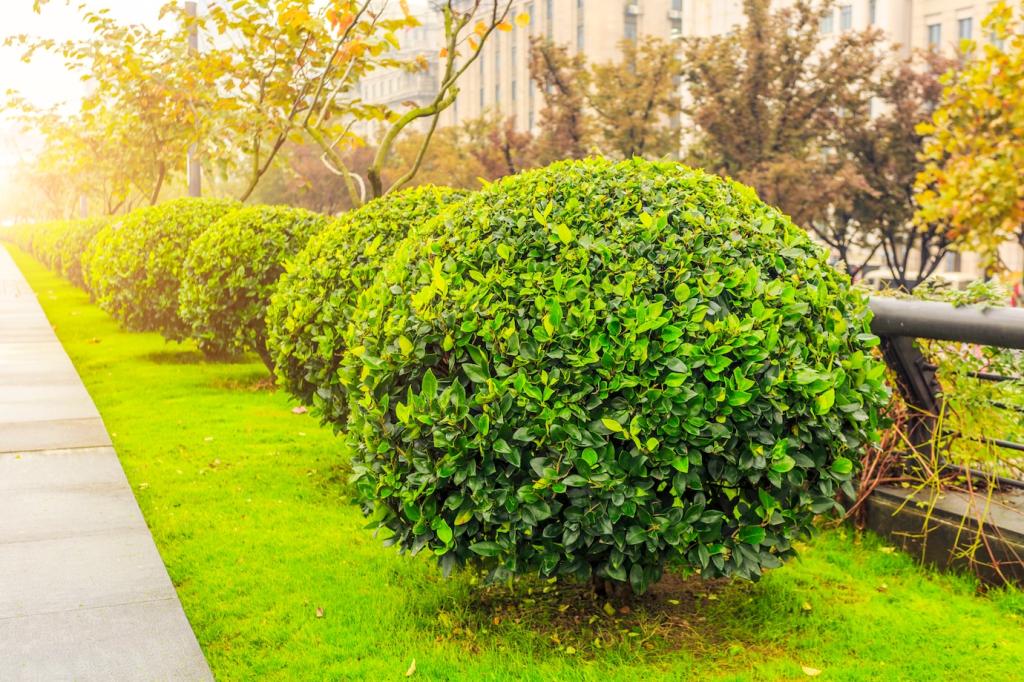Build Community Momentum
A small sign—“Managed with Reduced Chemicals”—invites questions and sets expectations. Neighbors notice healthy plants and lively pollinators, then ask how. Offer a quick tour, and point them to our newsletter for stepwise guides they can follow confidently.
Build Community Momentum
Host a seed swap, share a soil probe, or create a neighborhood tool library. Collective resources make chemical-light practices easier and more affordable. Post your event ideas below, and we’ll feature standout community projects in an upcoming subscriber-only roundup.



